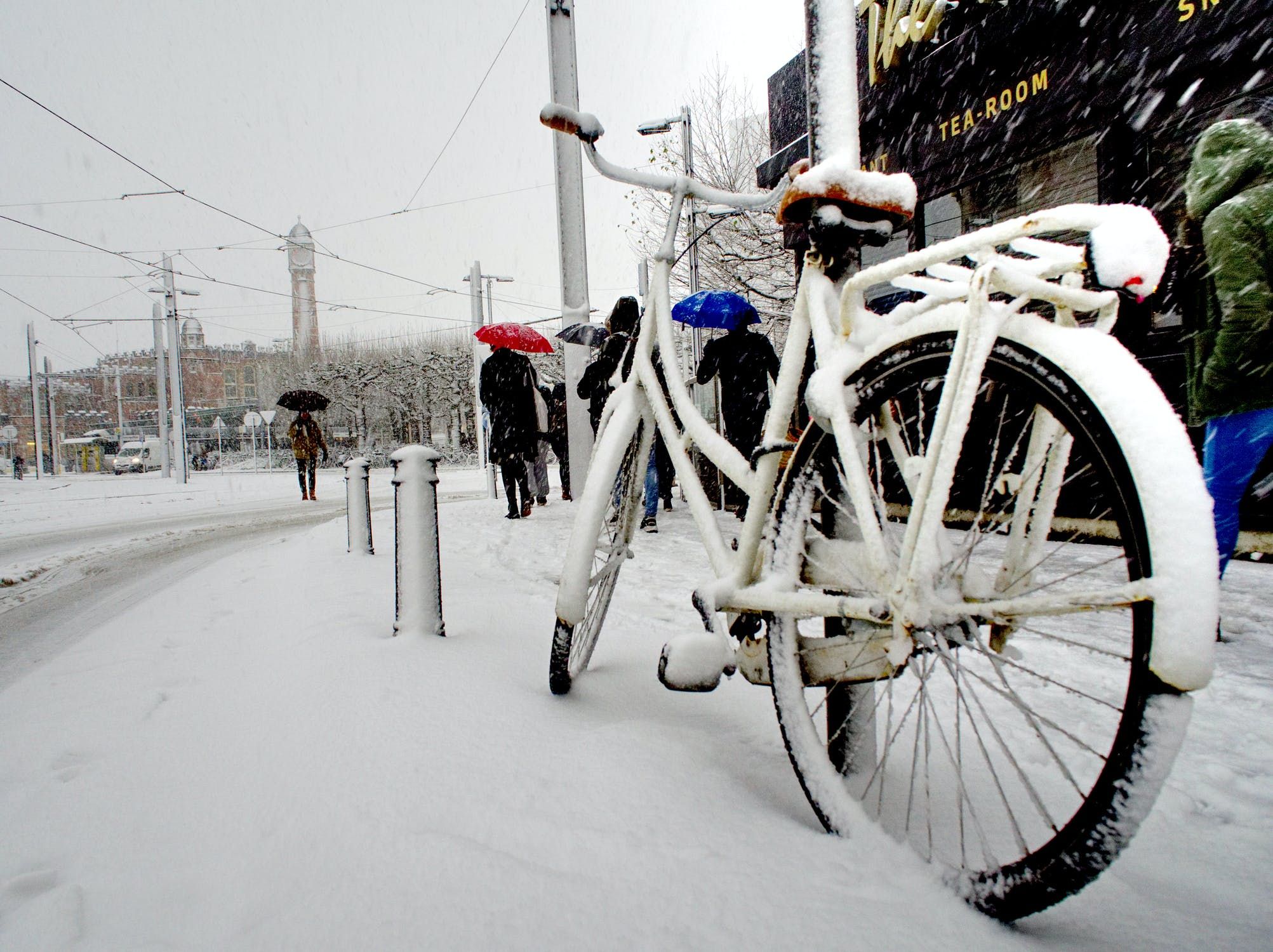PCC’s Flagship magazine has proudly declared that “our goal is to ensure all transport routes in and out of the city are clear.” The detail is on the PCC website.
We have asked PCC for reassurance that ‘all transport routes’ includes cycle routes such as the four Sustrans National Cycle Network routes in Portsmouth (NCNs 2, 22, 222 and 236) are included in gritting plans to keep transport routes open. Regrettably, they’re not. Even though the highway authority (PCC) has a statutory duty under the Highways Act to ‘provide for the safe movement of people and goods’, there is no policy to keep cycle routes clear of snow and ice.
The consequences of not gritting cycle routes are potentially grave:
• Ice and snow make cycling more difficult and potentially hazardous.
• Cyclists compelled to use icy main roads will avoid gutters filled with ice or snow. Riding towards the centre of the lane is likely to slow motor traffic and increase congestion and driver frustration.
• Congestion is likely to increase because not maintaining the cycle network at all times in all weathers will increase the likelihood that cyclists who are car owners will feel obliged to drive.
• Not maintaining cycle routes could be seen as discriminating against those who do not have access to cars or can’t afford taxis, and would reinforce the undesirable belief that the only safe way to get around our congested city is by motor vehicle.
• Failing to maintain cycle access all year round hinders active and sustainable travel and will increase the city’s already illegally high levels of air pollution.
The options available to cyclists are therefore:
• Use the main cycle routes with extreme caution because they will not be gritted
• Use the main roads because cycle routes will not be gritted
• Don’t cycle
The Met Office has excellent information about cycling in ice and snow provided by Cycling UK. As a minimum:
1. Let out some air – grip is improved by increasing contact with the road. Letting a little air out from your tyres can make a real difference.
2. Slow it down – icy conditions and narrow cycle tyres at speed can be a recipe for disaster. if in doubt about conditions, take it easy.
3. Keep out of the gutter after rain and following a freeze, the sides of roads can be treacherous.
4. Chill out – if you do hit some ice or a similarly slippery surface, sudden steering movements and sharp braking can see you go from the vertical to the horizontal in record time. Relax and ride it out or, if it’s an extended stretch, consider walking the distance
5. Stay seen – low winter sun and the longer nights can make visibility both for you and other road users all the harder. Ensure you have good front and rear lights. During the day watch out for that low sun both for own visibilty and the possibility that drivers may not see you.
6. Dress appropriately – layers are best for trapping in warm air and can help you regulate your temperature while riding. Keep hands, feet and head protected as these will suffer more in the cold.
7. Consider alternatives – think about changing your route or the time of your journey to avoid icy conditions.
If weather conditions are extreme, consider whether cycling is a safe option.
So wrap up warm and take care out there!

